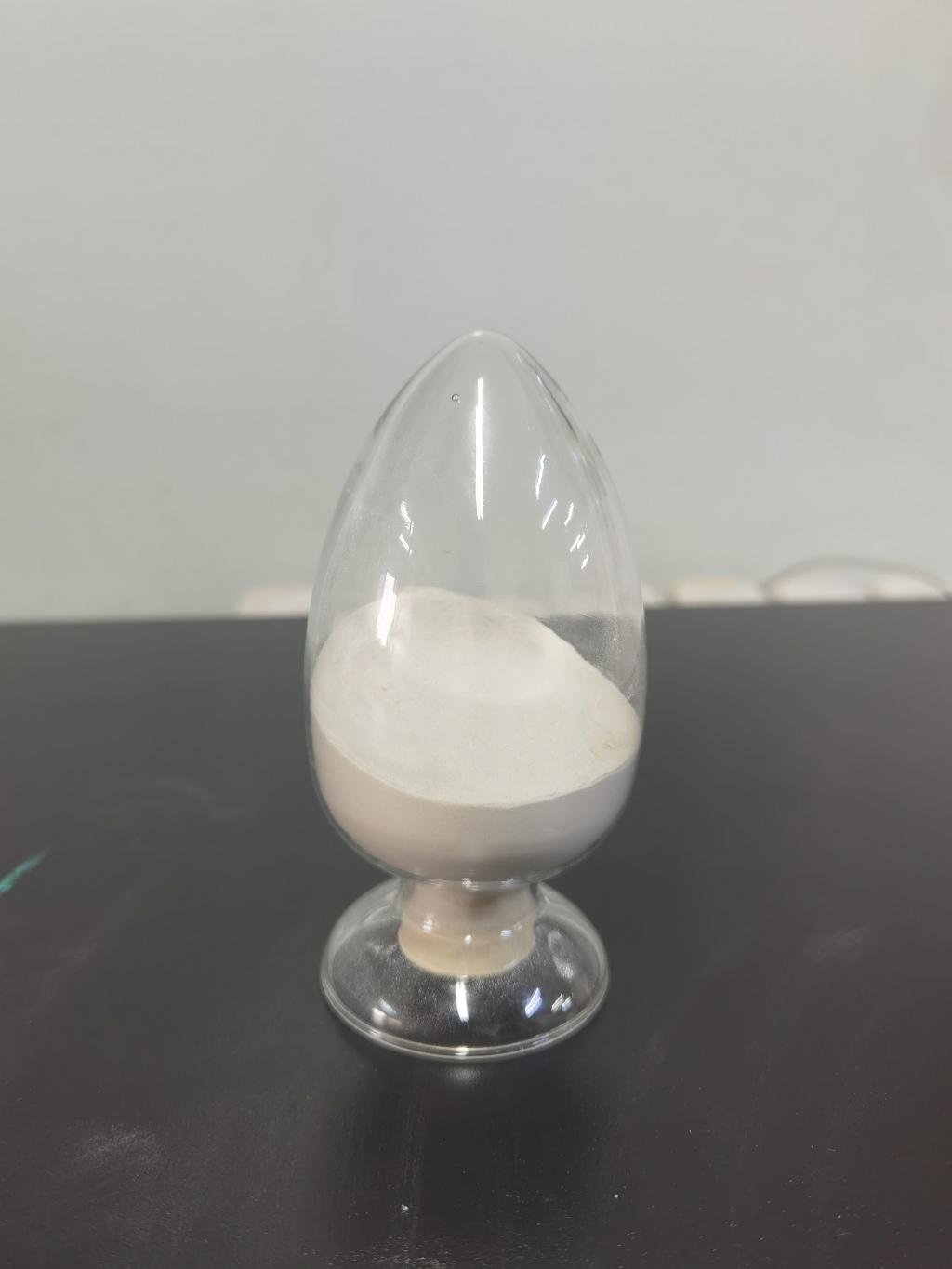Tel:+8618231198596

News
 CONTACT
CONTACT
 CONTACT
CONTACT
- Linkman:Linda Yao
- Tel: +8618231198596
- Email:linda.yao@dcpharma.cn
- Linkman:CHARLES.WANG
- Department:Overseas
- Tel: 0086 0311-85537378 0086 0311-85539701
News
Harnessing Nisin as a Bio-Preservative.
TIME:2023-08-30
Understanding Nisin's Mechanisms of Action
Nisin, a bacteriocin produced by select strains of Lactococcus lactis bacteria, is renowned for its potent antimicrobial activity against Gram-positive bacteria. Its mechanism of action involves disrupting the integrity of bacterial cell membranes. Nisin specifically targets lipid II, a precursor molecule involved in bacterial cell wall synthesis. By binding to lipid II, nisin interferes with cell wall formation, leading to the formation of pores in the cell membrane. These pores disrupt the bacterial cell's osmotic balance, ultimately causing cell death.
Applications of Nisin as a Bio-Preservative
The versatile nature of nisin's antimicrobial properties lends itself to a wide range of applications as a bio-preservative:
Dairy Products: Nisin's natural presence in dairy products inspired its use as a preservative in this industry. It inhibits the growth of spoilage and pathogenic bacteria in cheeses, yogurts, and other dairy items.
Meat and Poultry: Contamination of meat and poultry products with harmful bacteria poses significant risks. Nisin's ability to combat pathogens like Listeria and Staphylococcus makes it valuable for enhancing the safety of these products.
Processed Foods: The convenience of processed and ready-to-eat foods comes with a risk of bacterial contamination. Nisin can be integrated into these products to extend their shelf life and reduce the potential for spoilage.
Bakery Goods: Baked goods, especially those with high moisture content, are prone to mold growth. Nisin's application in baked products can help control molds and ensure longer freshness.
Beverages: Even beverages are not immune to bacterial contamination. Nisin's water-soluble nature makes it suitable for incorporation into liquid products, safeguarding against bacterial growth.
Advantages of Nisin as a Bio-Preservative
Natural Origin: Consumer demand for natural ingredients and clean-label products aligns with nisin's natural origin, making it an attractive option for bio-preservation.
Reduced Reliance on Synthetic Additives: Nisin offers an alternative to synthetic preservatives, addressing concerns about their potential health effects and contributing to cleaner ingredient lists.
Extended Shelf Life: By effectively inhibiting bacterial growth, nisin contributes to the extension of shelf life, reducing food waste and enhancing product availability.
Preservation of Nutritional Quality: Unlike heat treatments that can degrade nutrients, nisin's targeted action on bacteria minimizes the impact on the nutritional quality of treated foods.
Challenges and Considerations
While the potential of nisin as a bio-preservative is promising, certain challenges must be addressed:
Regulatory Compliance: Regulatory bodies have specific guidelines for the use of nisin in different food products. Complying with these regulations is essential for its safe and legal application.
Matrix Effects: Nisin's effectiveness can vary based on the food matrix it is applied to. Research is needed to determine optimal application methods for different products.
Resistance Development: The continuous and widespread use of nisin could lead to the development of bacterial resistance over time. Proper stewardship and monitoring are crucial.
Consumer Perception: Despite its natural origin, consumer awareness and acceptance of nisin may require education to alleviate any concerns.
Conclusion
Nisin's emergence as a bio-preservative holds immense promise for the food industry's pursuit of safer and more sustainable preservation methods. Its ability to curb bacterial growth, extend shelf life, and align with consumer preferences for natural ingredients makes it a valuable tool. As research continues to uncover its potential applications and address challenges, nisin could revolutionize the way we approach food preservation. However, a balanced approach that considers regulatory guidelines, scientific advancements, and consumer sentiments is vital to harness its benefits effectively and ensure the continued safety and quality of our food supply.
- Tel:+8618231198596
- Whatsapp:18231198596
- Chat With Skype







